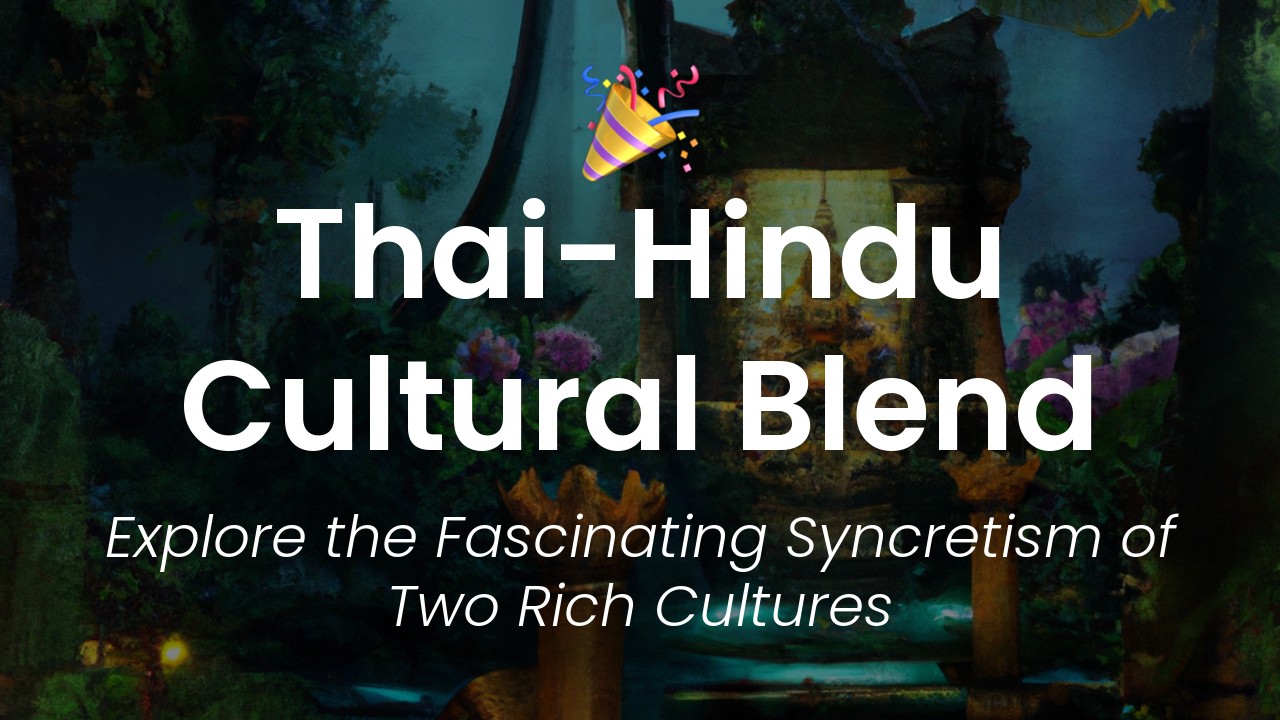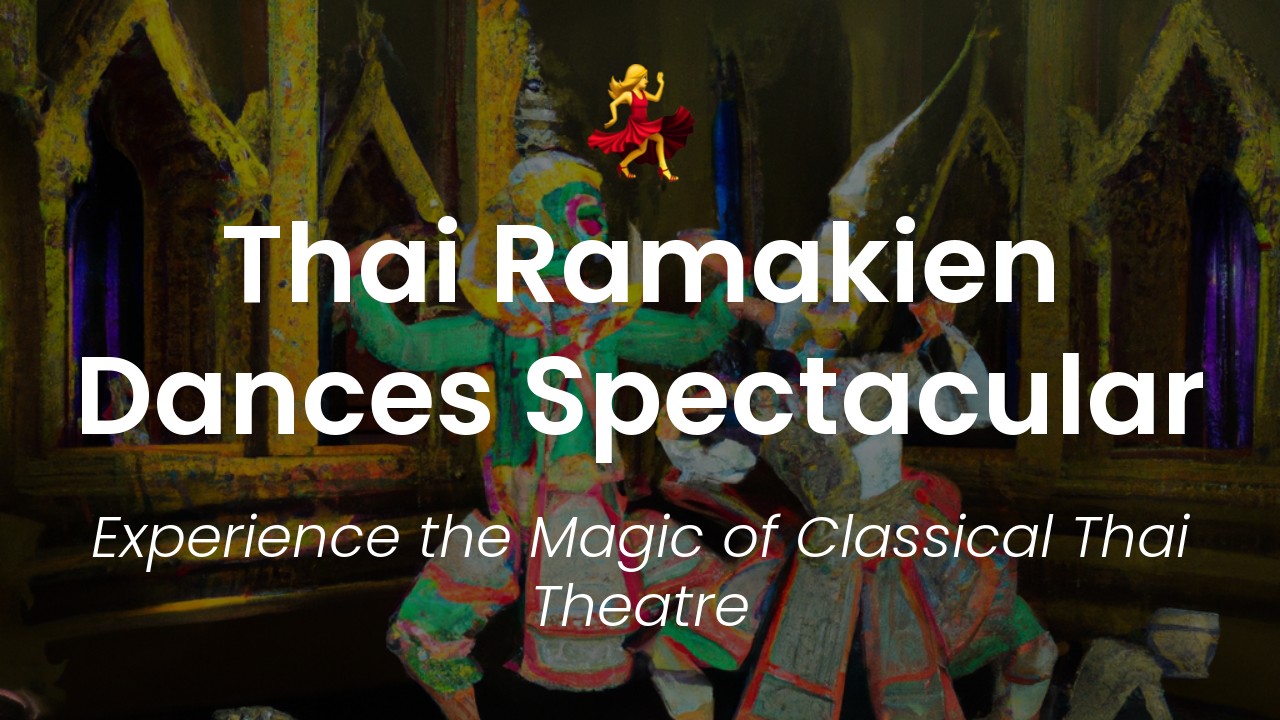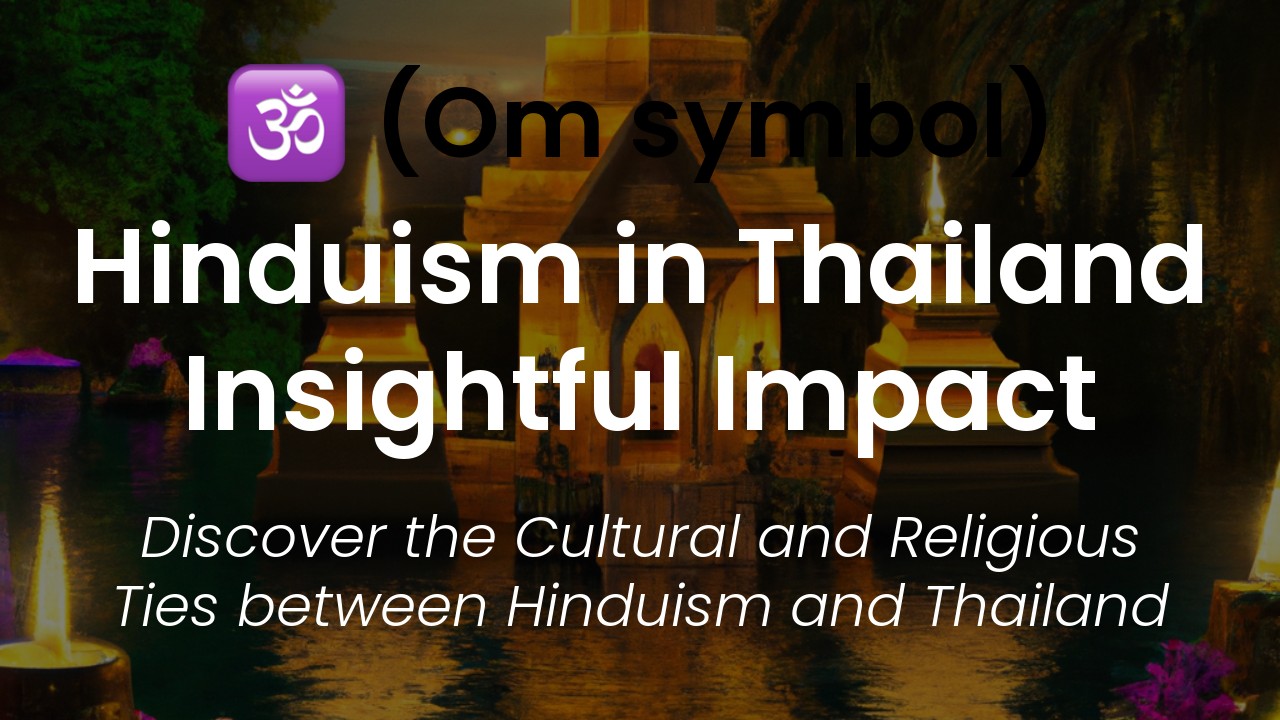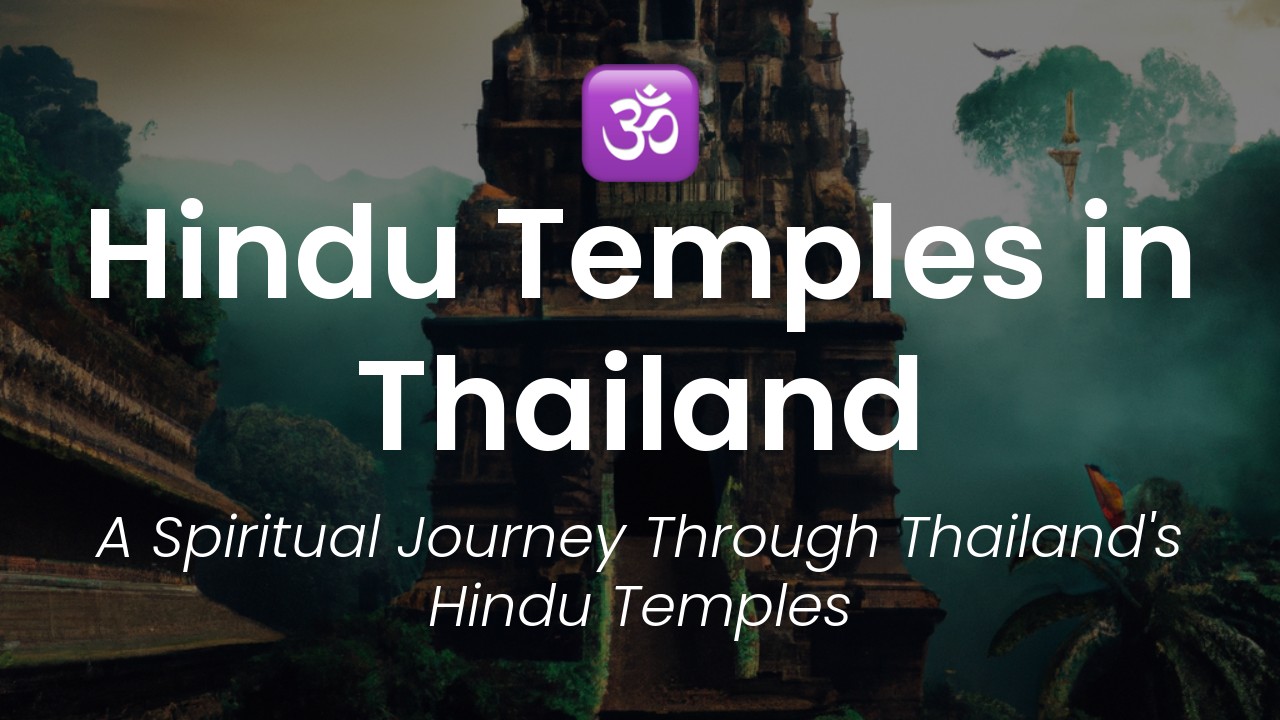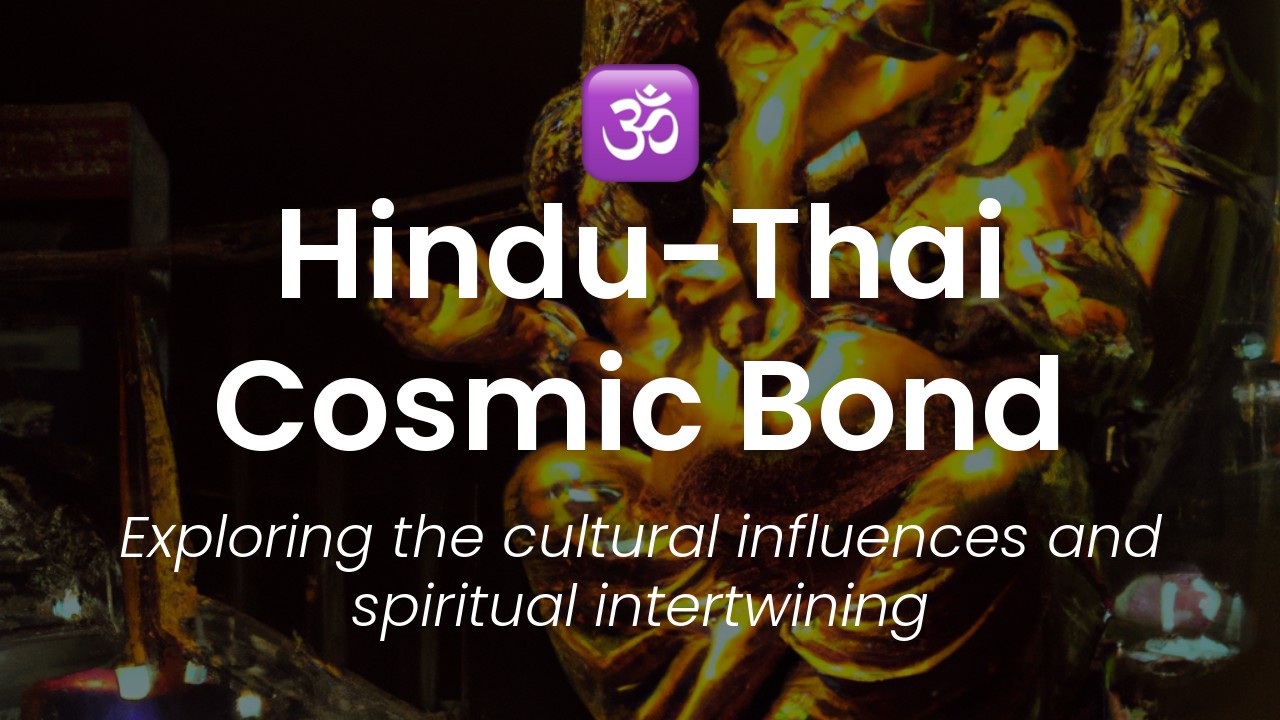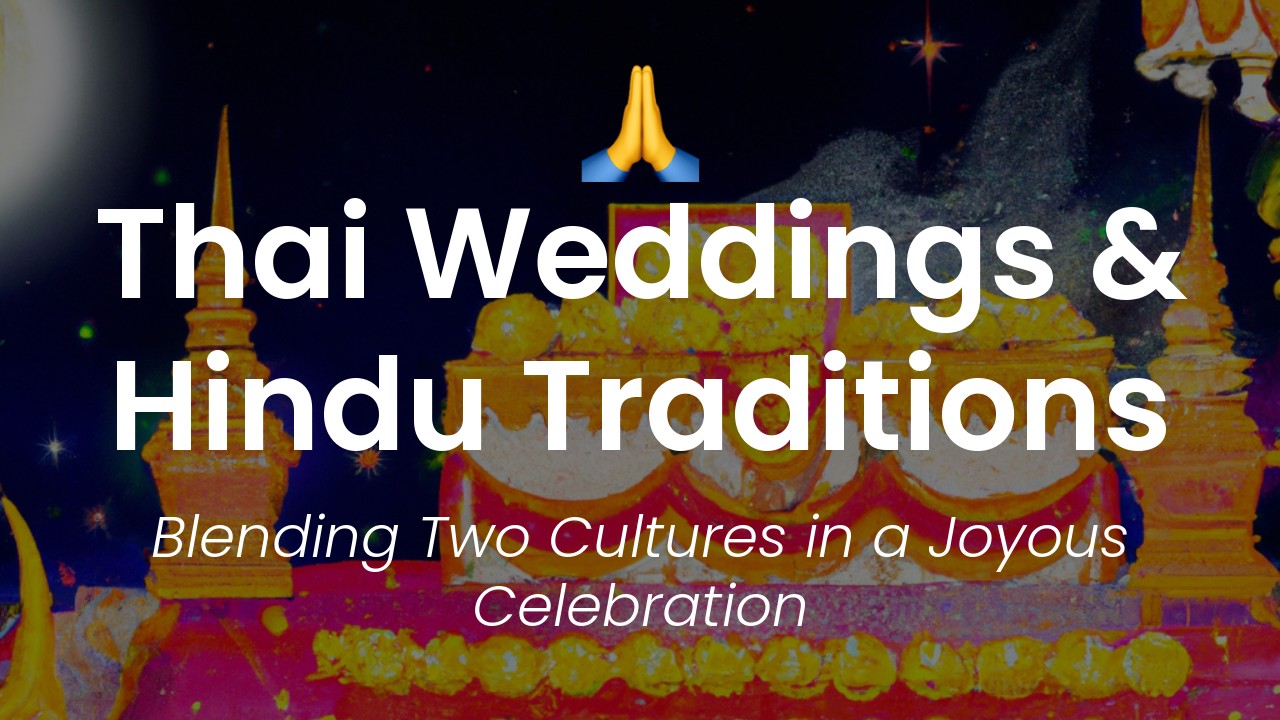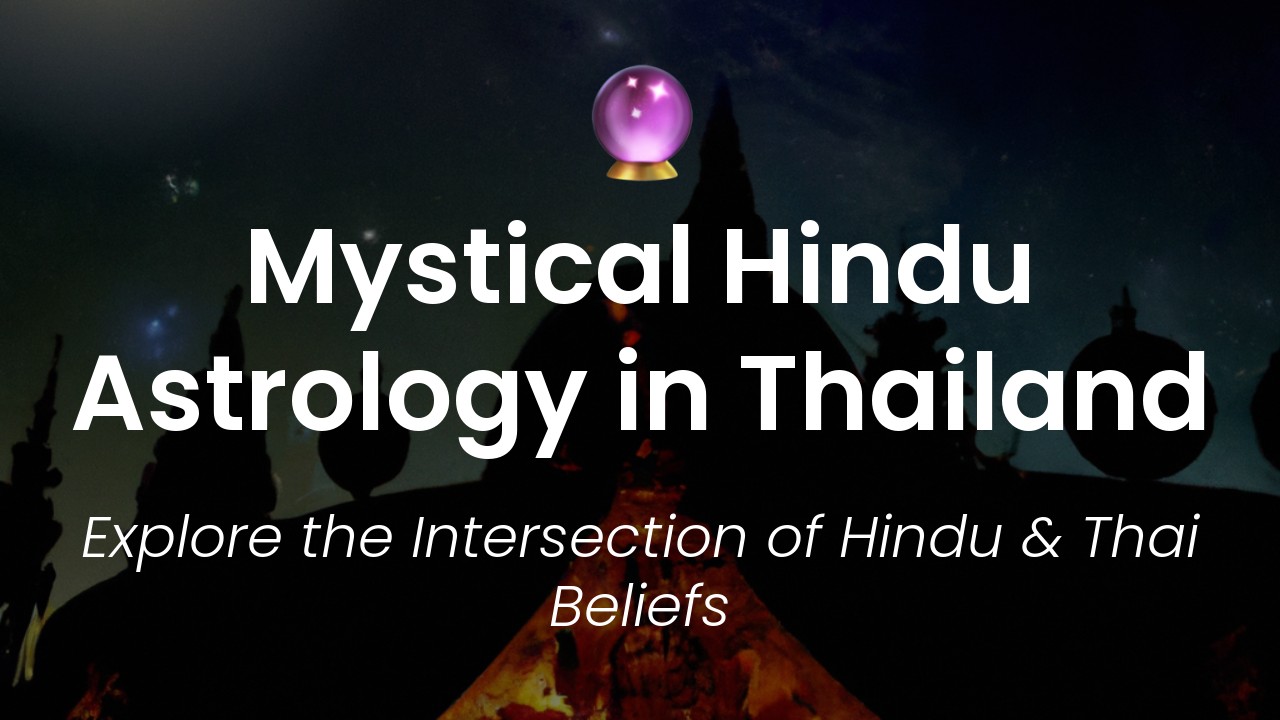As a Thai woman, I am always fascinated by the vibrant and eclectic blend of cultures present in my country. From the traditional Buddhist beliefs and practices that are deeply ingrained in our society to the Hindu influences that have been integrated over centuries of trade and interaction with India, Thailand is a melting pot of cultures that has so much to offer visitors who are curious and open-minded.
In particular, the influence of Hinduism in Thai culture has always fascinated me. Although Buddhism is the dominant religion in Thailand, many aspects of Hinduism have been incorporated into our beliefs, customs, and traditions. From the colorful and elaborate Hindu-inspired dance performances to the majestic temple architecture that draws inspiration from Indian aesthetics, the Hindu influence in Thailand is palpable and adds a layer of richness and diversity to our culture that is truly unique.
In this article, I want to take you on a journey of discovery through the vibrant blend of Thai culture and Hinduism. We'll explore the history behind the Hindu influence in Thailand, take a closer look at some of the iconic landmarks that have been inspired by Indian culture, and learn more about how this blend of cultures has created a unique identity for Thailand that is unlike anywhere else in the world. So, let's dive in and discover the beauty and complexity of this fascinating cultural fusion!
Background on Thai culture and Hinduism
Thailand is a land of cultural diversity, with strong influences from the neighboring countries of India and China. Hinduism has played a significant role in Thai culture, art, and religion for centuries. The Thai people have a great appreciation for Indian culture and the teachings of Hinduism, which are deeply integrated into their everyday lives.
The influence of Hinduism on Thai art & architecture
One of the most noticeable influences Hinduism has had on Thai Culture is on the art and architecture. Thai art and architecture are characterized by intricate decorations and rich details, with a strong emphasis on symmetry and balance. Many of the Thai temples and palaces feature a combination of Hindu and Buddhist architectural styles. The famous Wat Phra Kaeo and the Grand Palace in Bangkok are prime examples of this blend of styles.
The influence of Hinduism can also be seen in the Thai sculptures and artwork. The classic depictions of Hindu gods and goddesses such as Vishnu, Shiva, and Devi can be found in many Thai temples. The Ramakien, the Thai version of the ancient Indian epic Ramayana, has been widely popular in Thailand, with paintings and sculptures depicting the epic's story found in many Thai temples and palaces.
Thai Hindu festivals & celebrations
Thailand has several Hindu festivals and celebrations, such as the Songkran Festival, which celebrates the Hindu New Year. The festival is celebrated in April, with water being thrown at each other to symbolize purification. The Loy Krathong festival held in November is also another significant festival with Hindu roots. It is a celebration of the goddess of water, with people placing offerings of flowers, candles, and incense on the river to show their gratitude.
Hindu deities in Thai mythology
Hindu deities have also played a role in Thai mythology and folklore. The most famous of these myths is the story of Ramakien, which has been adapted in Thai literature, dance, and theatre. The Hindu deity Garuda, portrayed as an eagle-like bird, is also a popular figure in Thai mythology. It is often depicted in Thai literature and artwork as a symbol of strength and bravery.
The significance of Thai-Hindu temples
Thai-Hindu temples or Wats, as they are commonly called, are unique and beautiful structures. They are the center of Thai cultural and religious life. The temples typically feature several buildings, including a main shrine room where the Buddha image is kept and a hall where the faithful can pray and meditate.
The Thai-Hindu temples are not only grand and ornate but also full of symbolism. The entrance to the temple is typically marked by a pair of guardian spirits or "Yakshas," which are Hindu deities. The temple's architecture is also symmetrical, reflecting Hinduism's idea of balance and order.
Thai-Hindu fusion cuisine & traditions
Thai-Hindu fusion cuisine is an integral part of Thai culture. It combines the flavors of Thai cuisine with the spices and ingredients used in Indian cuisine. The Thai green curry, for instance, has its roots in Indian food, where it is known as 'Korma.' The massaman curry, another popular Thai dish, has Indian spice blends such as cumin and cardamom.
The fusion of Hindu and Thai culture can also be seen in the customs and traditions of the Thai people. For instance, the act of 'Namaskar,' where people place their hands together in front of their chest, has become a traditional Thai greeting. Similarly, the practice of lighting incense sticks and making offerings to the gods is a common Thai tradition.
Exploring the Thai-Hindu connection in present-day Thailand
The Thai-Hindu connection is alive and well in present-day Thailand and can be experienced through various events, festivals, and traditions. Visiting the Wat Arun, the temple of dawn, is a must-see for anyone interested in the Thai-Hindu connection. Its iconic tower symbolizes Mount Meru, the center of the Hindu universe.
Another popular event that showcases the Thai-Hindu culture is the 'Ganesh Chaturthi' festival held in Bangkok. The festival celebrates the birth of Lord Ganesha and is marked by music, dance, and colorful processions.
In conclusion, the blend of Thai culture and Hinduism has created a unique and vibrant culture. The fusion can be seen in the art, architecture, festivals, cuisine, and traditions. As Thailand continues to evolve, this rich culture will undoubtedly continue to thrive and inspire generations to come.

